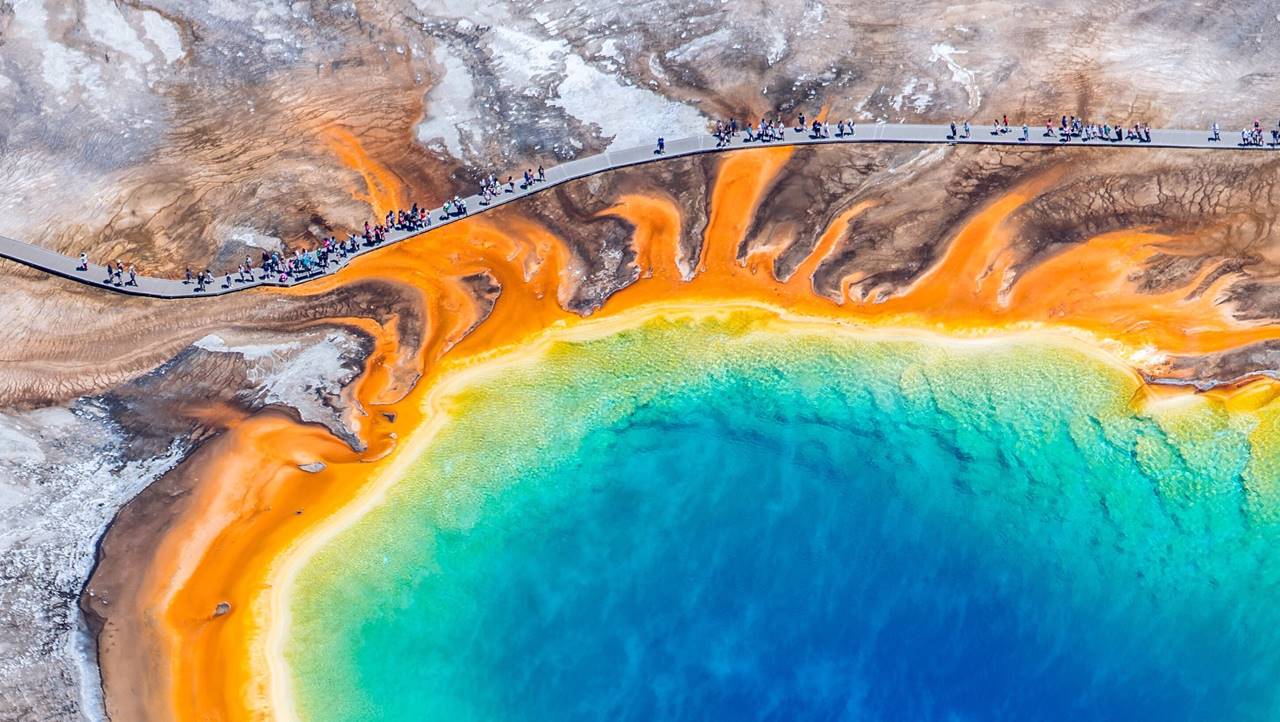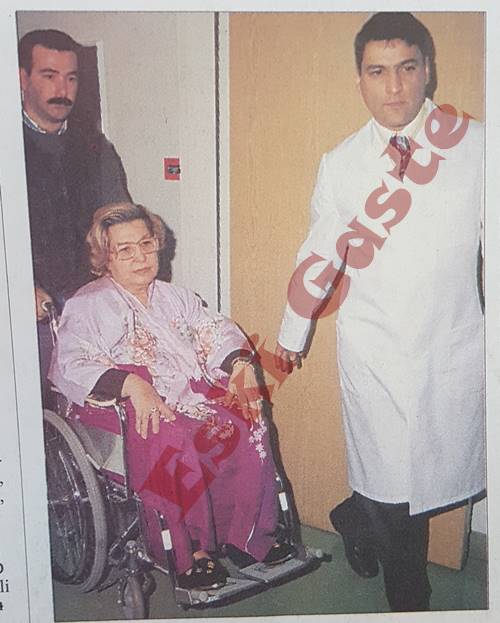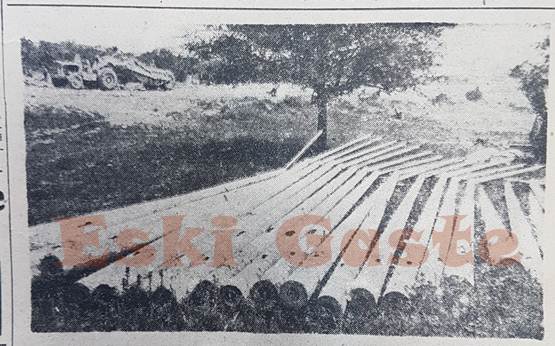There are few places where you can feel that the earth is alive as clearly as in Yellowstone National Park in the US state of Wyoming.
There bubbling, bubbling and hissing everywhere. Steam rises from meadows and streams, and geysers spew hot water into the sky. The almost 9000 square kilometer park is located on the caldera of the Yellowstone volcano, and it literally lets off steam.
Yellowstone is the oldest national park in the world. It was founded on March 1, 1872, and has also been part of the Unesco World Heritage Site since 1978 (for comparison: the Everglades in Florida have only been a national park since 1947). A grandiose landscape, inhabited by indigenous people for centuries, with hundreds of geysers and 10,000 hot springs. That the Indians were pushed out and that initially many people came to Yellowstone National Park mainly to hunt is another story.
Yellowstone National Park Overview
Yellowstone National Park is covered by dense coniferous forests, and there are also extensive steppe areas. Around the hot springs and geysers, however, the landscape is barren – plants cannot tolerate the silicate-containing water. But there are still fish in Yellowstone, for example in Yellowstone Lake, which was formed when the Yellowstone volcano last erupted 640,000 years ago. The volcano, with its magma chamber 80 kilometers long, 40 kilometers wide and 10 kilometers thick, is considered one of the supervolcanoes and is the largest supervolcano in the Americas. An impending eruption is discussed again and again.
Highlights in Yellowstone National Park
First-time visitors to Yellowstone National Park marvel at the coniferous forests and rivers—and the lunar landscape that has formed where there are geysers and hot springs. Not all plants can withstand the heat and the vapors of the volcano. But the sight is so grandiose that you will never forget it: some of the boiling hot thermal pools glow in every color imaginable. The Grand Prismatic Spring is particularly spectacular. The largest thermal spring in the world is an almost circular pool whose water is dark blue on the inside, turquoise on the outside and yellow, orange and red on the edge. The color frenzy is caused by microorganisms that can survive in the water, which is almost 50 meters deep and has a temperature of more than 70 degrees. From a jetty you can see the brightly colored “pool” well.
Steamboat Geyser and Old Faithful
Elsewhere in Yellowstone National Park, things are less colorful but just as spectacular. The Steamboat Geyser, for example, the largest active geyser in the world, spews water up to a height of 40 meters at very irregular intervals, and then releases steam for a long time.
The Old Faithful, which bears its name (“The Old Faithful”) with good reason, is also extremely worth seeing. You can almost set the clock by the geyser. It emits a water fountain every 30 to 120 minutes, and the expected next fountain is announced on a board. Tourists love Geysir so much that the Old Faithful Inn, an inn with a gift shop and more, was built next to it.
Mud pots and fumaroles
In addition to the hot springs and geysers, there are also mud pots, in which a viscous, gray mud mass bubbles, reminiscent of what happens in a soup pot, and fumaroles. The latter are places in the landscape from which water vapor and gas escape. All around them, the ground turns colorful, the air is laced with sulphur.
Mammoth Hot Springs sinter terraces
The sinter terraces of Mammoth Hot Springs are as impressive as the geysers. The administrative center of the national park is at the northern end of the area – right on the border with the state of Montana and it owes its name to the hot springs that were discovered there in 1871. The very calcareous water has formed impressive sinter terraces in the place, which are similar to those in Pamukkale (Turkey). The colors change depending on the water temperature (caused by microorganisms as in the hot springs). Those who visit the terraces walk on boardwalks so as not to damage the natural wonder.
Animals in Yellowstone National Park
Most attractions in Yellowstone National Park (the nearest major city, by the way, is Salt Lake City, 300 kilometers away) are easily accessible by car, but there are also many hiking trails. Caution is advised, however, because in addition to elk and mountain goats, cougars, bison, wolves and grizzly bears also live in the park. The animals avoid human contact, but if they feel threatened or have young, they can become dangerous. Hikers should therefore find out how to behave in the event of an encounter. And anyone who approaches a bison should consider that the beefy giant can easily run at 50 km/h – and for a surprisingly long time.
Yellowstone National Park Travel and Visitor Information
Location: in the US state of Wyoming, between the towns of Butte, Billings and Idaho Falls
How to get there: by plane to Cody and Jackson (Wyoming), Bozeman and Billings (Montana), Idaho Falls (Idaho) airports. By bus from Bozeman to West Yellowstone (on Highway 191.
Park Entrances: West Entrance at Madison and West Yellowstone (open late April through early November), North Entrance at Gardiner and Mammoth Hot Springs (open year-round), Northeast Entrance at Cooke City, East Entrance at Cody, and South Entrance (open from late April to early November)
Admission: $35 per vehicle, $30 for snowmobiles or motorcycles, $20 for pedestrians. The tickets are valid for seven days from the date of purchase.
You can spend the night in the park on campsites, which are usually very nicely located (there are tightly sealed containers in which you can put your food – to protect against bears). Hotels are available in a wide variety of price ranges. Among the oldest is the Lake Yellowstone Hotel, which opened in 1891. But there are other accommodations such as the already mentioned Old Faithful Inn.
Climate/travel time: Highest temperatures in July (around 27 degrees), lowest in January (minus 13 degrees). The winters are snowy, even in spring and autumn it can snow. In summer, temperatures are measured between 25 and 30 degrees, but the nights are cool. Peak season is from the beginning of May to the end of November. In winter, most roads are only passable with snowmobiles.








